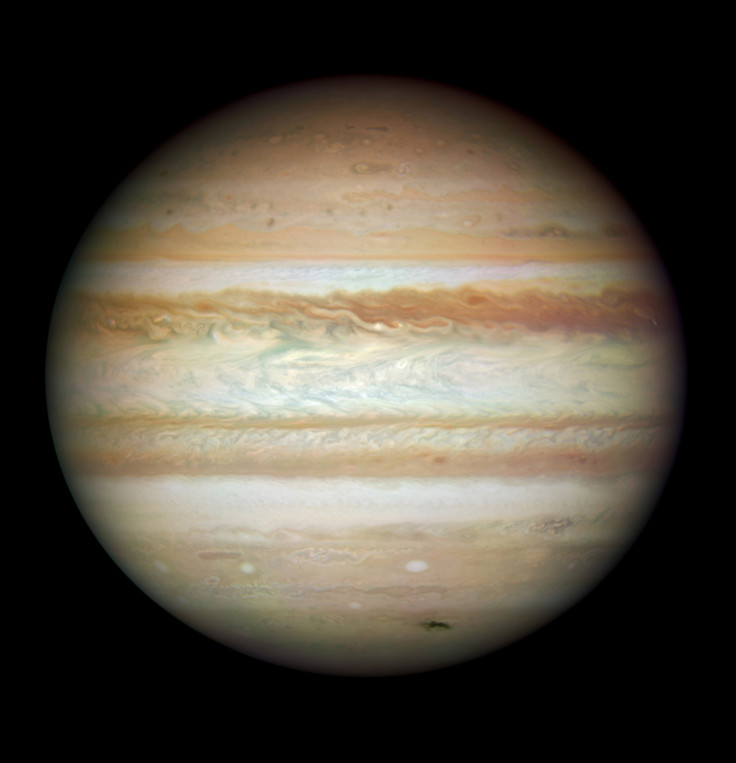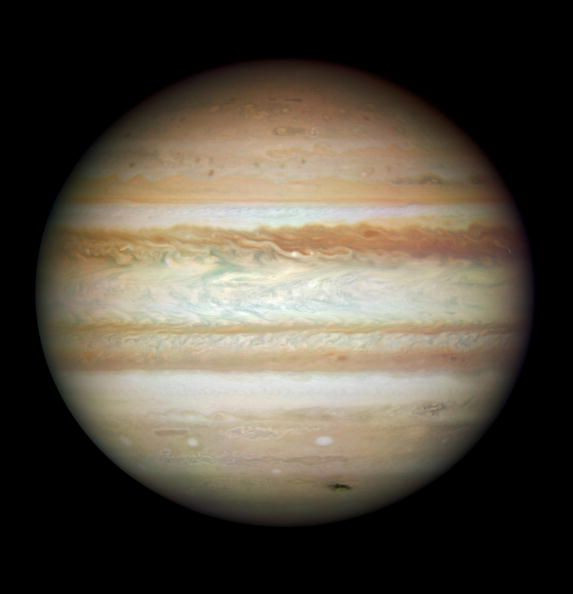Jupiter Surprising Discovery: NASA's Juno Confirms Changes In Planet's Magnetic Field

Jupiter's magnetic field has changed considerably over the past five decades, according to a new study.
New research recently published in the journal Nature Astronomy compared data from NASA's Juno, the latest spacecraft to observe and gather information about Jupiter, and past missions to the gas giant. These include Pioneer 10, which arrived at Jupiter in 1973; Pioneer 11, which arrived in 1974; Voyager 1, which arrived in 1979; and Ulysses, which began its observations of the gas giant in 1992.
Based on the researchers' findings, Jupiter's internal magnetic field has experienced some changes over time, a phenomenon dubbed secular variation.
This doesn't exactly come as a big surprise since the Earth's magnetic field also changes constantly. However, this is the first confirmed occurrence of secular variation outside of Earth. The discovery is also significant for it helps scientists gain a better understanding of a planet's internal "dynamo," which is the system that creates its magnetic field.
The winds of change: I’ve made the first definitive detection beyond Earth of an internal magnetic field that changes over time. Atmospheric winds deep inside #Jupiter are likely responsible for variations in the planet's powerful magnetic field. Details: https://t.co/qMrpjCV3Mw pic.twitter.com/cMqcIas9tG
— NASA's Juno Mission (@NASAJuno) May 20, 2019
"Secular variation has been on the wish list of planetary scientists for decades," Scott Bolton, Juno principal investigator from the Southwest Research Institute in San Antonio, explained in a statement posted on NASA's website. "This discovery could only take place due to Juno's extremely accurate science instruments and the unique nature of Juno's orbit, which carries it low over the planet as it travels from pole to pole."
The researchers looked at the map of Jupiter's magnetic field, called JRM09, created from information provided by NASA's Juno spacecraft during the probe's close orbit of the planet in 2016. At the time, the spacecraft obtained data about Jupiter's gravitational and magnetic field during its first eight science passes using its magnetometer.
After the scientists compared the latest map with data collected by the four previous missions, they found that their information didn't quite fit with the latest findings.
"Finding something as minute as these changes in something so immense as Jupiter's magnetic field was a challenge," Kimee Moore, a Juno scientist at Harvard and lead author on the paper, said in a statement. "Having a baseline of close-up observations over four decades long provided us with just enough data to confirm that Jupiter's magnetic field does indeed change over time."
As for what exactly caused the changes in Jupiter's magnetic field, researchers suggested that hidden winds may be the culprit.
According to the statement, the winds "extend from the planet's surface to over 1,860 miles (3,000 kilometers) deep, where the planet's interior begins changing from gas to highly conductive liquid metal."

However, it is still impossible to observe and get information on Jupiter's interior, so the measurements of the winds' depth are just estimates. However, researchers believe that the winds "shear" the magnetic fields, causing them to expand and move to other parts of Jupiter, thus resulting in the detected changes.
Moore explained that Jupiter's Great Blue Spot is where most of the action is happening. Not to be confused with the Great Red Spot, the blue spot is a region of intense magnetic energy near the gas giant's equator.
Three major divisions of the blue spot are apparently moving in varying directions, with its northern and southern parts shifting east and the central third shifting west. These conflicting movements then resulted in the changes observed in Jupiter's magnetic field, according to the paper.
© Copyright IBTimes 2024. All rights reserved.





















